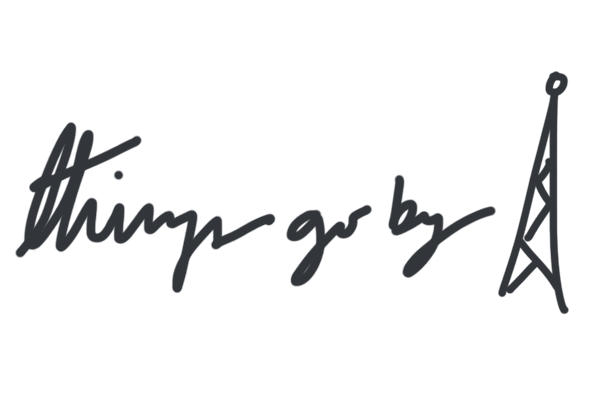My favorite part of T-Pain is the reflection of his groupies in his sunglasses. That and his acknowledgment that Auto-Tune is the software his career is built upon. In both cases, the magic of post-production is pulled back. T-Pain is the emperor, and T-Pain is not ashamed of his nakedness.
This week I wrote a segment about Auto-Tune’s role in pop music in the last decade. I got to play Cher and Jay-Z in the same segment, so I’m happy. The transcript is shown below, but to hear it you have to shuffle over to [KMUW].
Auto-Tune:
The song you’re hearing is by T-Pain, an artist who’s made entire his career off of the pitch-warping software called Auto-Tune. From overt shifts to subtle nudges on albums and in live concerts, Auto-Tune has become a ubiquitous force in pop music since its release. Its first notable appearance was in Cher’s 1998 hit “Believe.”
This musical manipulator has its origins in an unlikely character. Andy Hildebrand was an oil industry worker who created software that interpreted the reflection of sound through a mathematical equation called autocorrelation. With this advance, Hildebrand was able to retire at forty, only to soon reemerge with an audio technologies company.
Auto-Tune has shaped songs from musicians across every genre, from Britney Spears to The Dixie Chicks to Faith Hill and Snoop Dog. It has even become a consumer product. For ninety-nine cents you can help T-Pain cash in on his reputation by purchasing the “I Am T-Pain” app.
Of course, many artists protest. Indie-rock band Death Cab for Cutie came to the Grammies with blue lapel pins, mourning the loss of “blue notes,” those slightly irregular pitches that give the human voice character. But it will take time for tastes to change, for a popular resurgence of “blue note” hunger, before we move away from the pitch-perfect world of Auto-Tune.

